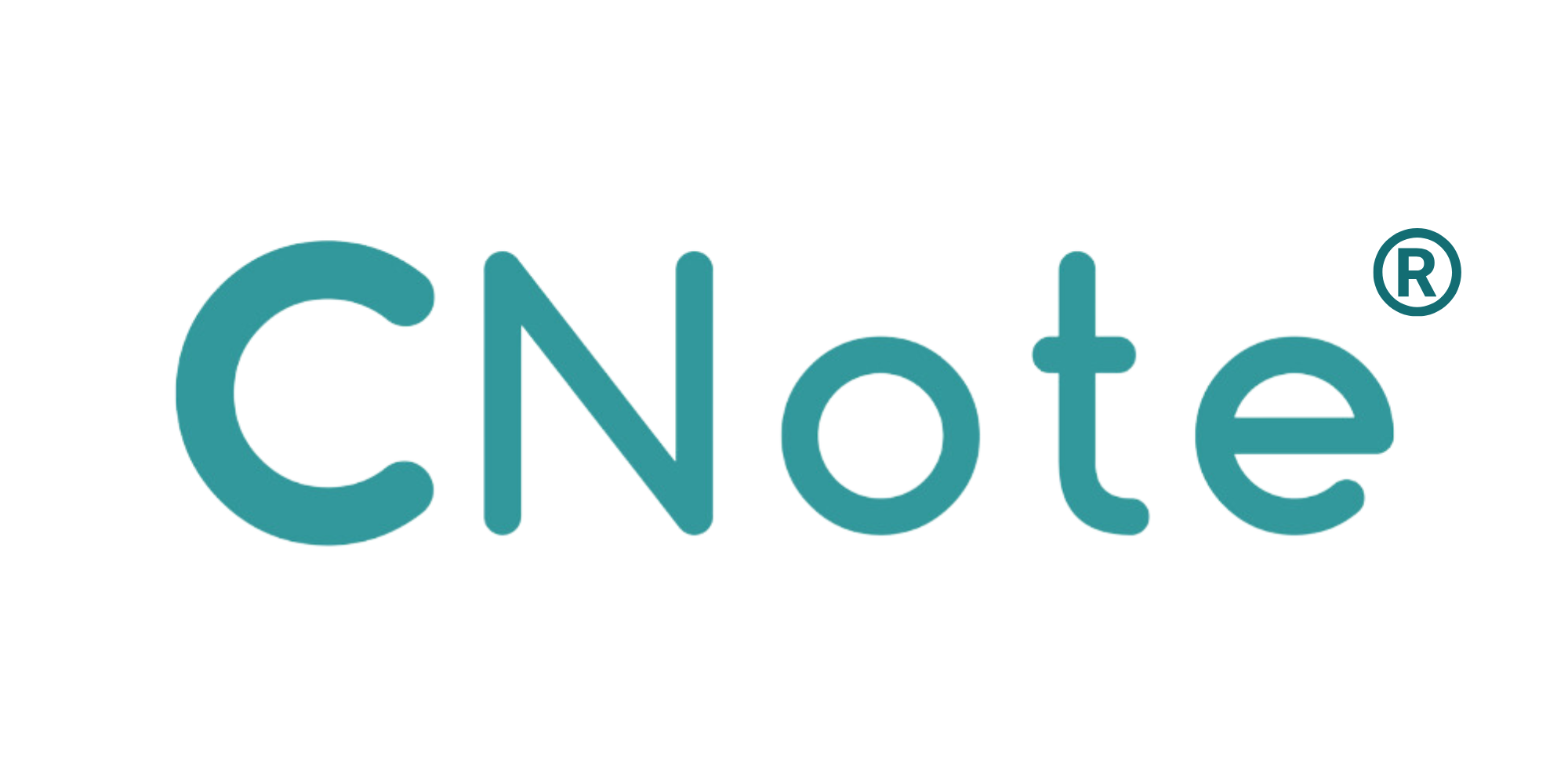How Inflation Impacts Your Investment Returns
The goal of investing is always to end up with more money than you started with. But what if a positive return on investment does not actually increase your overall wealth?
How is this even possible? If you earn money from an investment but despite the paper gains you cannot buy as much with that money as before, you’ve experienced inflation–a decrease in purchasing power. Inflation is broadly defined as an overall increase in prices for all goods and services in an economy.

Understanding Inflation
Let’s think about inflation in terms of the price of movie tickets. Imagine you’re a teenager in 1993 and the first Jurassic Park film has recently hit theaters. Excited, you head to the theater and hand over your $4 allowance for a matinee screening.
Fast forward to 2015 and you’re now eager to see Jurassic World with your spouse. Much to your surprise, ticket prices have jumped to $8 each (or more). You fork over the $16 dollars for two tickets and realize that you could have had four tickets for that price in 1993.
That’s price inflation in a nutshell. The movie experience is mostly the same, but you now get less for the same amount of money. As a result, we can see that $4 in 1993 is roughly equal to $8 in 2015, at least so far as movie tickets are concerned.
Now let’s see how adjusting for inflation is necessary to know if your real wealth actually increased after an investment.
Nominal Return
The return you see when checking your investment account is the nominal return. The nominal return on an investment is the change in value divided by the amount invested. Its the % gain or loss on an investment that we’re all familiar with.
This can be demonstrated in the following equation:
Nominal Return = (PT – PT-1)/PT-1
where PT stands for the price at the present time and PT-1 stands for the price at the time of investment.
To use a simple example, imagine you purchase a stock priced at $50. After some time, it has gained $5 in value and is now worth $55. The change in value is a positive $5 and you should divide this by the original price of $50 to yield a nominal return of $5/$50 = 10%.
Real Return
The real return is the return on an investment after adjusting for inflation.
Inflation once referred to an increase in the supply of money in the economy (monetary inflation), but today it means an increase in the price level (price inflation).
The principal measure of inflation calculated by the U.S. Federal Reserve is the Consumer Price Index (CPI). The CPI is derived from the price changes of a number of consumer goods over the span of one year.
The real return can be calculated by subtracting the inflation rate from an investment’s nominal rate of return.
Real Return = Nominal Return – Inflation Rate
Continuing our previous example, imagine that the inflation rate in the economy is at the Federal Reserve’s target of 2%. Then, we can calculate the real return by taking the nominal return of 10% above, and subtracting the inflation rate of 2% to arrive at a real return of 8%.
So now, instead of making a full 10% return, over the time of the investment inflation has lowered the purchasing power resulting in a real return of 8%.

How Inflation Likely Affects You
An 8% real return is still nothing to scoff at, but the key concept is that inflation can quickly eat away at investment returns.
This dynamic gets even more pronounced when the returns on an investment are low and inflation is close to, or exceeds, the nominal return rate.
In a worst-case scenario, the real return of an investment might even turn negative if the inflation rate exceeds the nominal return.
Let’s take a common example, a traditional savings account. Over the last decade, national FDIC rates have hovered between 0.06% and 0.20%. Assuming inflation was a modest 1% you’d be looking at a net negative return on your savings between -0.94% and -0.80%. Crazy, right?
That’s why it is critical you understand the real return on an investment when making financial decisions.
Conclusion
Annual inflation is forecasted to hover around 2% for the next few years, but staying up-to-date about the inflation rate is the best way to be sure that the real return of your investments is actually adding to your store of wealth.
After all, observing inflation is sometimes as simple as checking the price of movie tickets.


